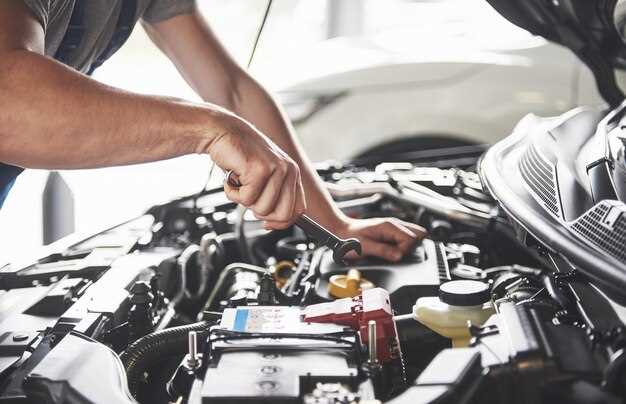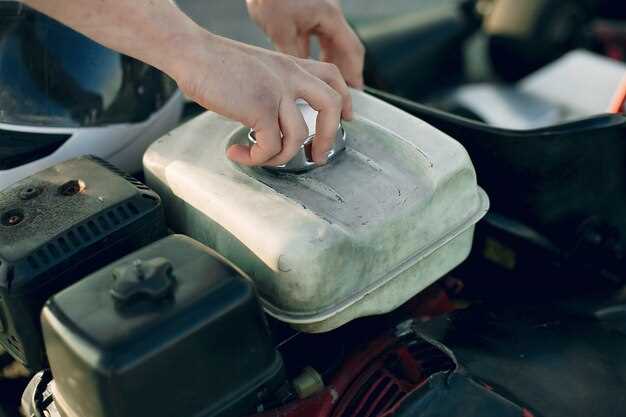
Replacing a car battery is an essential skill for any vehicle owner. Ensuring that your car’s battery is in good condition is crucial for reliable performance and the overall longevity of your vehicle. A weak or dead battery can leave you stranded, disrupt your daily activities, and lead to expensive repair costs. Therefore, understanding how to replace your car battery is not only beneficial but also empowers you to take control of your vehicle maintenance.
In this comprehensive guide, we will walk you through the step-by-step process of replacing your car battery. Whether you’re a seasoned mechanic or a beginner, our instructions are designed to be clear and easy to follow. We will cover everything from gathering the necessary tools and materials to safely disconnecting the old battery and installing the new one. By the end of this guide, you will be equipped with the knowledge needed to successfully replace your car battery on your own.
Before diving into the replacement process, it’s important to recognize the signs that indicate your battery may need attention. Dimming headlights, slow engine cranking, and warning lights on your dashboard are all indicators of a failing battery. By learning to identify these issues early, you can take proactive steps to avoid being caught off guard by a dead battery. Now, let’s get started on the journey to becoming proficient in car battery replacement.
Identifying Signs Your Car Battery Needs Replacement
Recognizing when your car battery requires replacement is essential for maintaining vehicle reliability. Here are the key signs to look out for:
- Engine Cranking Issues: If your engine struggles to start or takes longer than usual to crank, this could indicate battery failure.
- Electrical Problems: Dimming headlights, malfunctioning radio, or erratic dashboard lights often signal a weak battery.
- Corrosion: Visible corrosion around the battery terminals or cables may suggest that the battery is nearing the end of its life.
- Age of the Battery: Most car batteries have a lifespan of 3 to 5 years. If your battery is older than this, consider replacement.
- Frequent Jump Starts: If you find yourself needing jump starts regularly, your battery is likely failing and needs replacement.
- Swelling or Bloated Battery Case: This can occur due to heat or overcharging, signaling that the battery needs to be replaced.
By being attentive to these warning signs, you can ensure timely replacement of your car battery, avoiding unexpected breakdowns and ensuring reliable vehicle performance.
Tools and Safety Precautions for Safe Battery Replacement

Replacing your car battery requires specific tools to ensure the process is efficient and safe. Essential tools include a battery wrench or socket set, which will help you remove the battery terminals. Additionally, a pair of gloves is crucial to protect your hands from harmful chemicals and corrosion. Safety goggles are also recommended to shield your eyes from any acid spills or debris during the replacement.
Before beginning the replacement, it is important to take safety precautions seriously. Always work in a well-ventilated area to minimize exposure to harmful gases that batteries may emit. Ensure that your vehicle is turned off and the keys are removed from the ignition to prevent any electrical incidents. It is advisable to disconnect the negative terminal first before the positive terminal to avoid short-circuiting the battery. When installing the new battery, connect the positive terminal before the negative terminal to maintain a safe order of operations.
Always double-check that the new battery is the correct type and voltage for your vehicle. Handle the battery with care, as it is heavy and can contain corrosive materials. If you notice any leaks or damage to the battery casing, do not attempt to replace it yourself. Instead, consult a professional for assistance. Following these basic tools and safety precautions will help ensure a successful and safe battery replacement experience.
Step-by-Step Process for Removing and Installing a New Car Battery

Replacing your car battery is a straightforward process that can save you time and money. Follow these steps to ensure a safe and effective battery replacement.
Start by gathering necessary tools: a wrench or socket set, gloves, and safety goggles. Ensure the car is parked on a level surface, and the ignition is turned off. Open the hood of your car and locate the battery–typically situated near the front.
Begin with the removal. Disconnect the negative terminal first to prevent any sparks. Use a wrench to loosen the nut on the negative terminal, usually marked with a minus (-) sign. Once loosened, gently wiggle and pull the terminal off the battery post.
Next, proceed to the positive terminal, marked with a plus (+) sign. Again, use the wrench to loosen the nut and remove the terminal from the battery. After both terminals are disconnected, check for any corrosion on the battery posts. If present, it can be cleaned with a mixture of baking soda and water.
Once the terminals are removed, secure the battery hold-down bracket using the wrench. This will allow you to lift the old battery out safely. Remember that car batteries can be heavy, so take care when lifting.
With the old battery removed, it’s time to install the new one. Place the new battery into the battery tray, ensuring it is oriented correctly with the positive and negative terminals on the same sides as the old battery.
Reattach the hold-down bracket to secure the new battery in place. Begin by connecting the positive terminal first. Slide the terminal over the positive battery post and tighten the nut until secure–ensure a snug fit without overtightening.
Proceed to connect the negative terminal next. Slide it onto the negative battery post and tighten the nut, ensuring a secure connection. Double-check that both terminals are properly connected and tightened.
After connecting the terminals, it is advisable to clean any remaining corrosion around the battery posts using a wire brush. This helps maintain a good connection. Close the car hood, and you’re ready to start your vehicle to confirm the battery replacement was successful.




